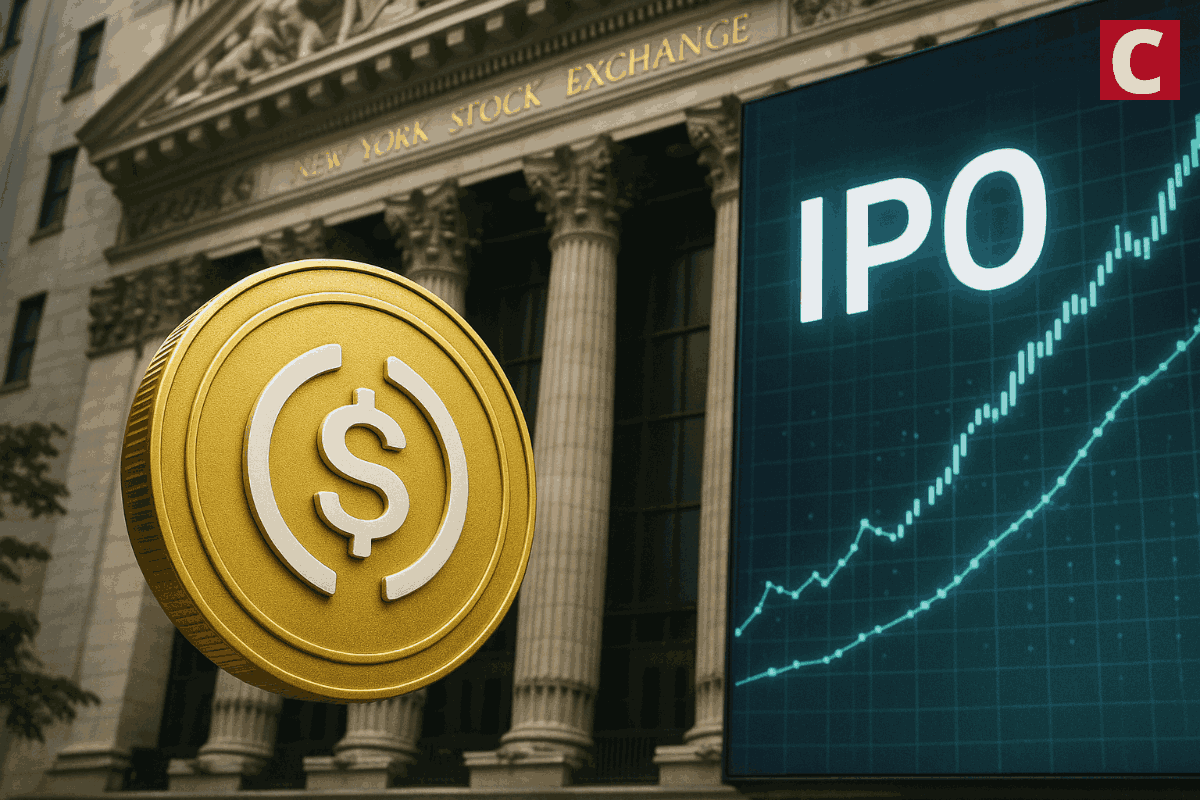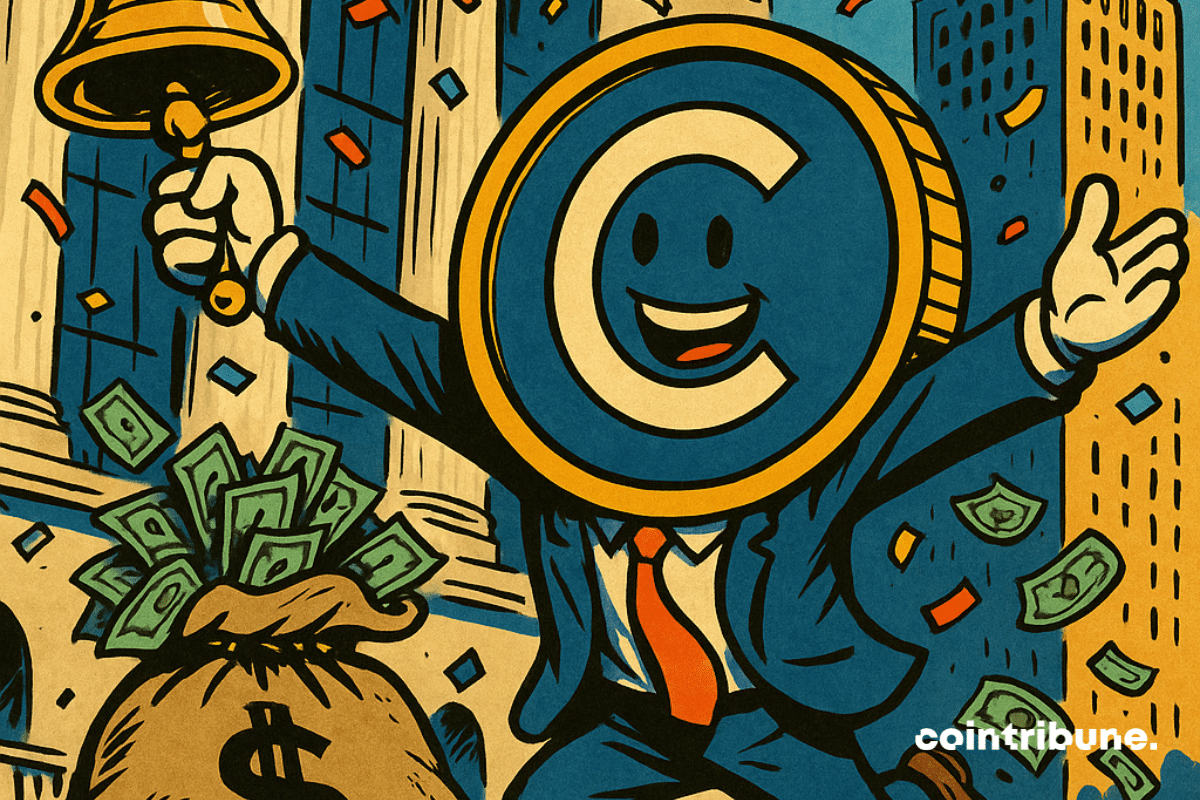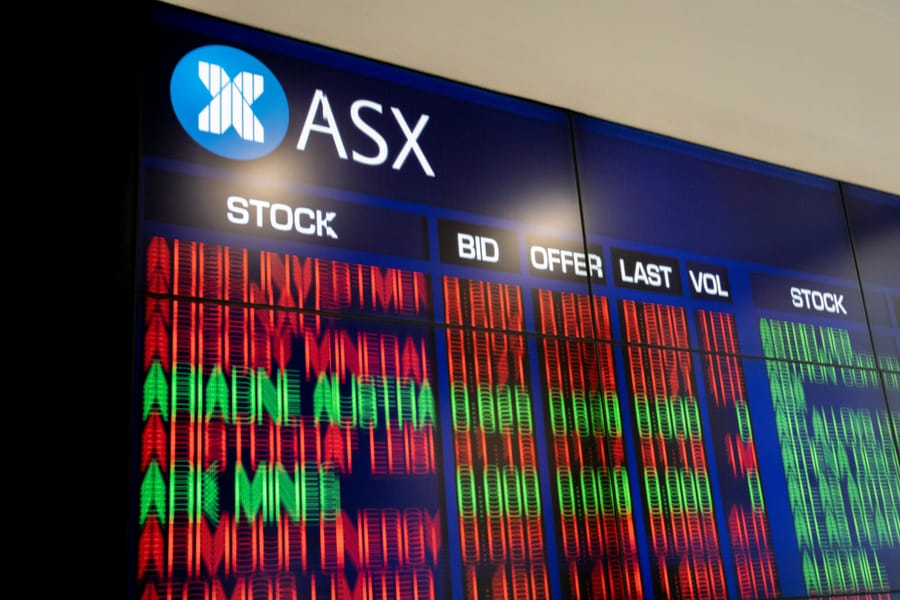Circle's NYSE debut on June 5th saw shares surge 174% above its $31 IPO price to reach $84.92, then climb further to $107.5 on June 6th, achieving a cumulative increase of nearly 250% over two days. According to Jay Ritter, a professor at the University of Florida and global authority on IPOs, this performance shattered all historical records, surpassing C3.ai's previous record of 209% from its 2020 debut. The USDC stablecoin issuer offered 34 million shares at $31 each, raising $1.05 billion in one of the largest fintech IPOs since Coinbase's 2021 debut.
Circle founder and CEO Jeremy Allaire stated the listing was one of the most exciting moments of his life, whilst the company sold 39 million shares during its fundraising, netting $1.145 billion after subtracting subscription fees of $67 million. Tokyo-based SBI Holdings and subsidiary SBI Shinsei Bank invested $25 million each in Circle's stock following the IPO, totalling $50 million, while Sigil Core Fund achieved near 4x returns on its Circle investment. The IPO was reportedly 25 times oversubscribed, signalling robust investor appetite.
Behind this spectacular success lies a troubling economic reality, as if the company had set its IPO price at the Friday June 6th closing price of $107.5, it would have raised $4.144 billion, representing a staggering $3 billion difference that experts call money "left on the table," placing Circle seventh among the largest opportunity costs in IPO history since 1980.
Sources:
1.

2.

3.





